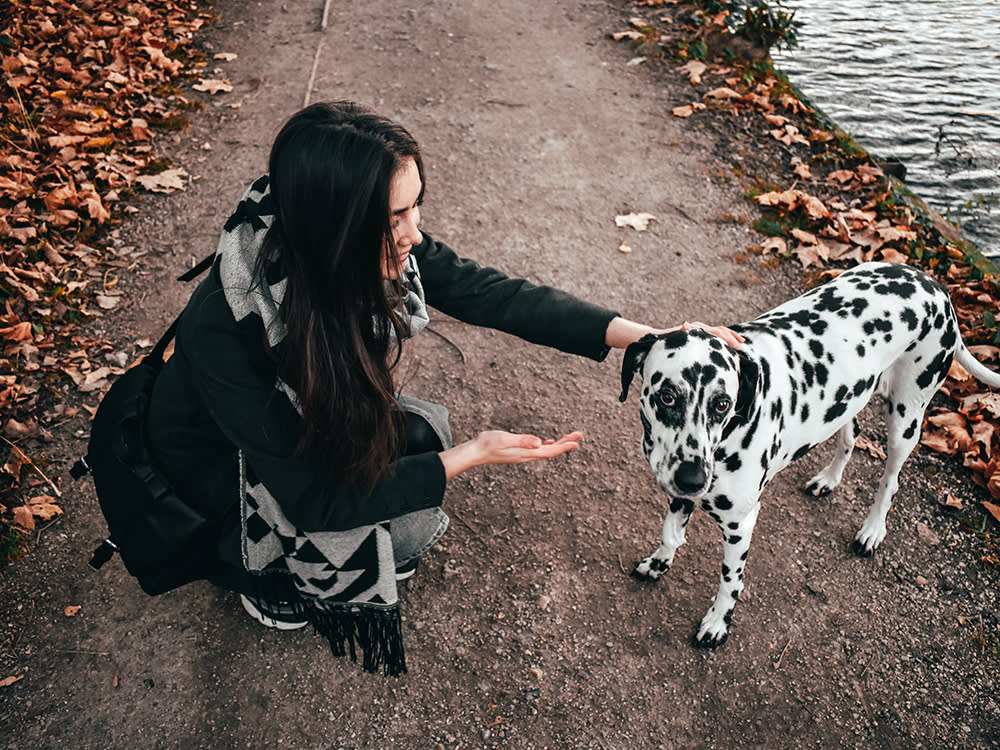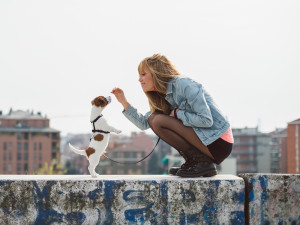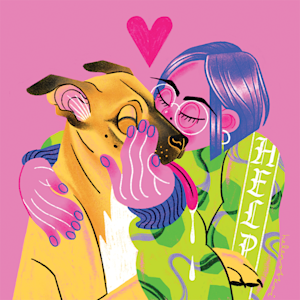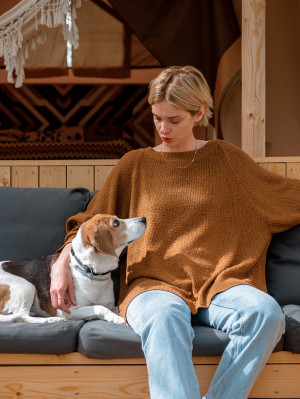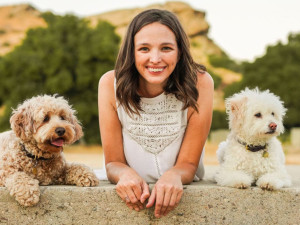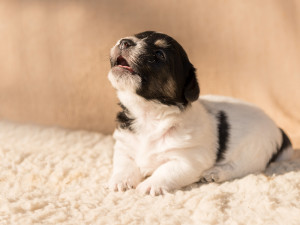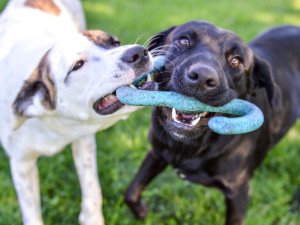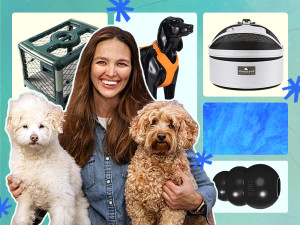Hey, Why Is Your Dog Ignoring You?
Six tips and tricks to get your dog to listen to you.
It can be extremely frustrating when you ask your dog to do something and it just…doesn’t happen — whether you want them to sit for their bowl at dinner or are calling them to “come” at the park in front of all the other pet parents. Maybe you’ve chalked it up to your dog having selective hearing or that they don’t care to listen to you. But, most of the time, there’s a reason they’re not responding, so we need to look at how you can improve your communication.
Reward, Reward, Reward
It takes lots and lots of repetition and reward for your dog to understand a behavior enough to do it anywhere, anytime — especially outside the home. Often, it’s because a behavior simply hasn’t been rewarded enough. The more we reward a behavior, the more likely it is to occur. But if we haven’t built a high-reward history for a behavior, it’s less likely to occur. This is when we need to go back to the basics of rewarding and praising at home and doing the same outside the home. (Don’t forget those treats next time you go out.)
Trick question: All dogs are perfect! But find out which type is the best fit for you.
Keep Things Exciting
We need to make ourselves more exciting than the environment. If we only train our dogs at home, our dogs will be amazingly behaved — at home. It’s an environment they’re used to, with sights and smells they’re very familiar with. So, it’s easy to be excited inside with your treats. But once you move outside with new smells, new dog friends, new people, squirrels, and other fun distractions, you need to ensure you’re using a high enough reward (a.k.a. really tasty treats) to be so interesting that our dogs forget all these distractions and pay attention to us.
Take It Outside
You also need to be training consistently outside. The more you practice training outside in new environments, the more your dog will understand what you want. That’s when it becomes fun for them — and easier to focus. I’m careful how to react to my dogs’ behaviors. It’s easy to get frustrated when our dogs don’t come when called, especially when others are around. No matter what, I reward and praise my dogs for coming to me, even if I’m frustrated with them. But if your dog is having a great time rolling in the grass, sniffing bugs, and chasing things, and you ask them to come, do they have a strong history of getting rewarded for leaving this special place? If so, they are more likely to leave it in the future. Or will they be met with a stern, upset voice, put in the car, and driven back home? In that case, I’d probably want to stay in the park, too.
How much do you spend on your pet per year?
Reward With the Good Stuff
It’s also important to make sure our rewards are good enough. Yes, they love their crunchy cookie inside the house, but it simply might not be rewarding enough to come when called. As our environment gets harder, our treats should get more exciting. I tend to stick to protein-based treats; if needed, a little piece of cheese or hot dog can go a long way, too! Having a variety of treats is never a bad idea, so you have another on hand to try if needed.
It’s How You Say It
In my last post, we discussed the vocal tones and cues we use with our dogs. It’s important to revisit this regularly; take a look at the cues you’re giving and if they’re working. Do you have to say “sit” 10 times before your dog sits? If this happens a lot in your house, your dog might be confused if you’re on an outing and you only say “sit” once. That’s not the cue you’ve been training them for if you’ve been rewarding on the 10th “sit.” This is why I ensure that my dogs respond to my cues on the first try, and I immediately reward them for that. If they’re not responding on the first cue, it’s time to go back to the basics of training the behavior. You will find that, by cleaning up your cues, you will polish your training — and your dog’s responses to it — all around.
Reward Engagement
When your dog engages with you while you are out together, reward that behavior a lot. This means that every time my dogs glance up at me when we are out and about, I tell them “good” or “yes” and give them a reward. This grows the engagement and bond between us. My dogs know to look to me to see what might come next, whether that’s a head scratch, a new cue, or tasty treat.
I hope these tricks and tips set your dog up for success, grow your bond, and have them ready to spin in circles as soon as you ask.
